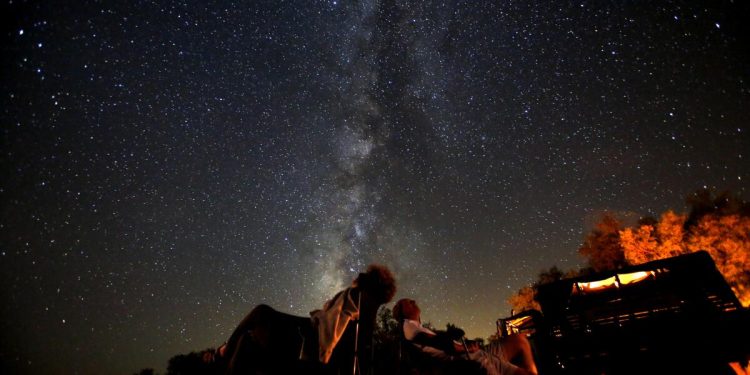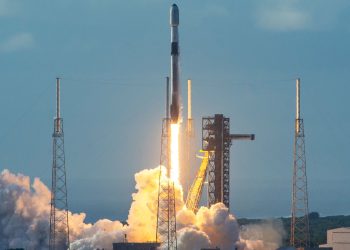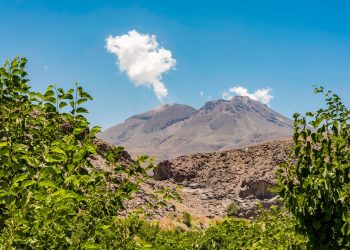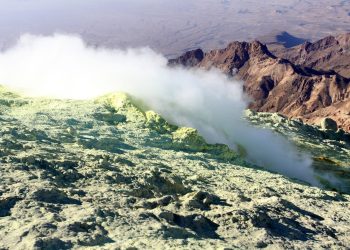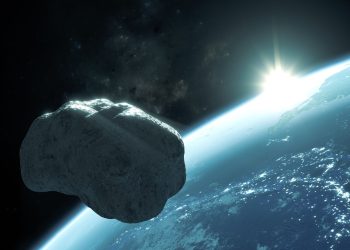The month of October is full of astronomical events, with a supermoon and a dark meteor recently lighting up the Los Angeles sky. Next week, another one is coming: the Orionid meteor shower.
The Orionid shower is composed of particles from Halley’s Comet that burn up in the atmosphere when Earth’s orbit crosses the path of the comet, according to NASA. This year, NASA says the sight of the meteor shower will be “spectacular.”
The Orionid Shower takes its name from the constellation Orion, next to which it appears. For astronomers wondering where to look, the Griffith Observatory advises keeping your eyes on Orion’s elevated club.
When to see the meteor shower
Although they last until the end of November, NASA says the most intense observing days will be Monday and Tuesday. That’s thanks to the new moon, which reduces natural light – but unfortunately not to Los Angeles’ widespread light pollution. The darker the sky, the more meteors will be visible to the naked eye.
Orionids are known to leave trails of light that can last for seconds or even minutes, due to their astonishing speed – 41 miles per second, according to the American Meteor Society.
They also tend to come from the southeast early in the morning, until around 2 a.m., according to NASA.
Where to see it
Flaming pieces of astral debris will be more visible away from light pollution, which affects much of Los Angeles.
However, Los Angeles County is home to stargazing locations that can provide ideal conditions.
Los Angeles’ most iconic viewpoint, the Griffith Observatory, may seem like an obvious option. However, space is limited since the observatory announced that its public lawn will be closed until the end of November. The observation deck will remain open and the main observatory will close at 10 p.m.
Malibu Creek State Park is a popular option with both secluded campsites for serious stargazers and an upper parking lot for more informal viewing. Topanga State Park is another option in the Santa Monica Mountains with little light interference.
Turnouts along the Templin Highway and the recently renovated Angeles Crest Highway in the Angeles National Forest are another option.
For Angelenos wanting a longer drive, Anza-Borrego State Park is a designated Dark Sky Area and Joshua Tree National Park is famous for its stunning night sky views. Both locations are approximately two and a half to three hours from downtown Los Angeles, depending on traffic.
No matter where you look from – even from your own backyard – patience is essential. Although the cadence of meteors varies, a normal year produces about 10 to 20 shower members per hour, according to the American Meteor Society, so settle in and get comfortable.


